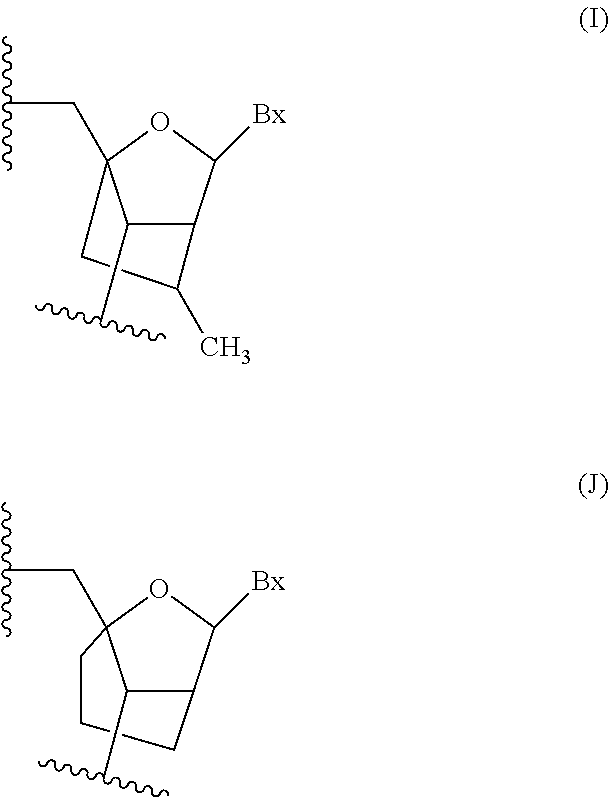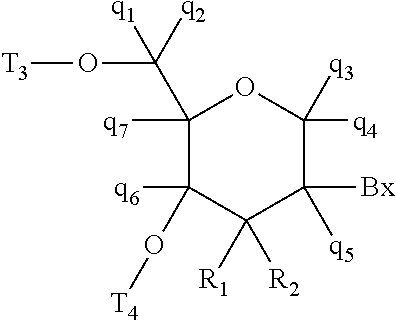Antisense-based therapeutics for targeting htra1 and methods of use
a technology of antisense and therapeutics, applied in the field of antisense-based therapeutics for targeting htra1 and methods of use, can solve problems such as loss of central vision, and achieve the effects of inhibiting expression, and reducing htra1-encoding mrna levels
- Summary
- Abstract
- Description
- Claims
- Application Information
AI Technical Summary
Benefits of technology
Problems solved by technology
Method used
Image
Examples
example 1
Use of ASO Agents for Treating AMD
[0192]This study will evaluate the efficacy of an ASO agent comprising the nucleotide sequence of any one of SEQ ID NOs: 1-20 for treating patients with AMD. Patients with AMD will be treated with any of these ASO agents, or a control. The ASO agents will be administered at varying doses. The ASO agents will be administered by intravitreal injection in a solution of PBS with additional NaCl and pluronic. Patients will be monitored for improvements in AMD symptoms.
[0193]It is expected that the ASO treatments will improve the AMD symptoms.
PUM
| Property | Measurement | Unit |
|---|---|---|
| temperature | aaaaa | aaaaa |
| pH | aaaaa | aaaaa |
| temperature | aaaaa | aaaaa |
Abstract
Description
Claims
Application Information
 Login to View More
Login to View More - R&D
- Intellectual Property
- Life Sciences
- Materials
- Tech Scout
- Unparalleled Data Quality
- Higher Quality Content
- 60% Fewer Hallucinations
Browse by: Latest US Patents, China's latest patents, Technical Efficacy Thesaurus, Application Domain, Technology Topic, Popular Technical Reports.
© 2025 PatSnap. All rights reserved.Legal|Privacy policy|Modern Slavery Act Transparency Statement|Sitemap|About US| Contact US: help@patsnap.com



